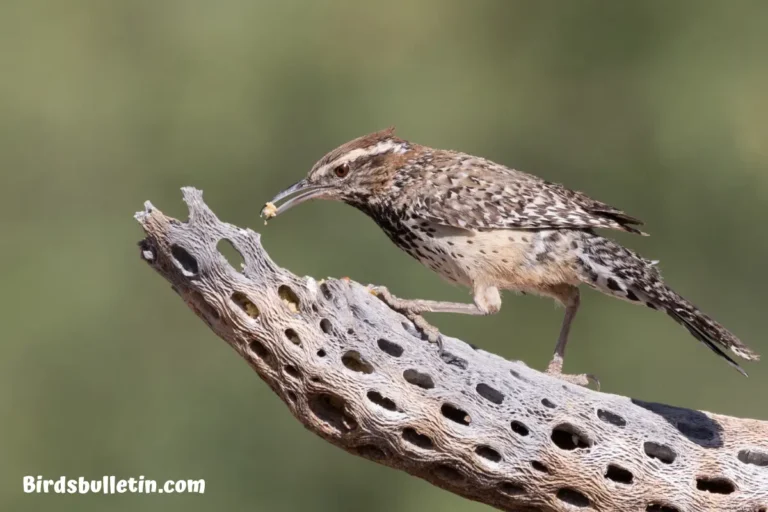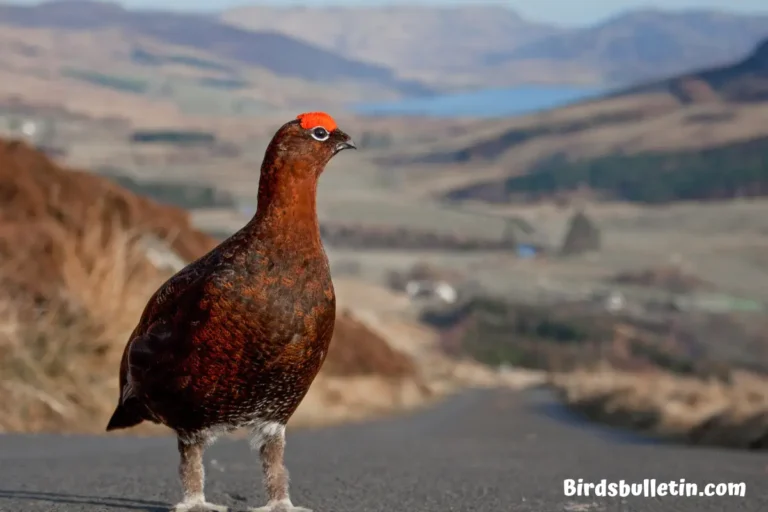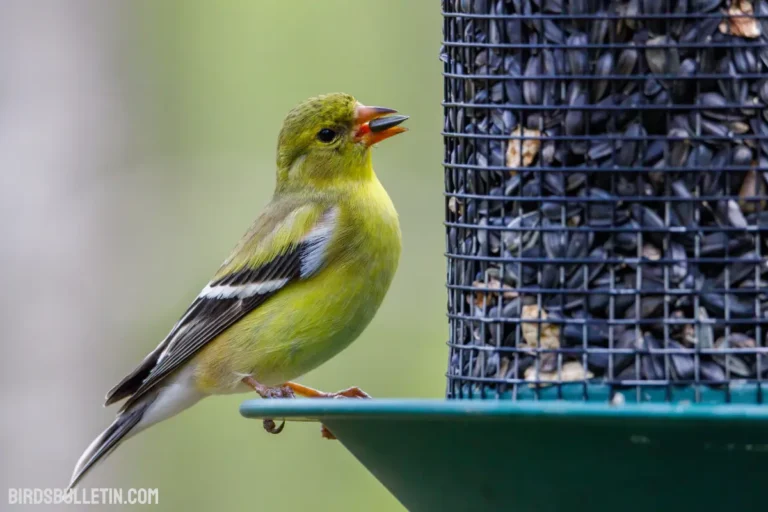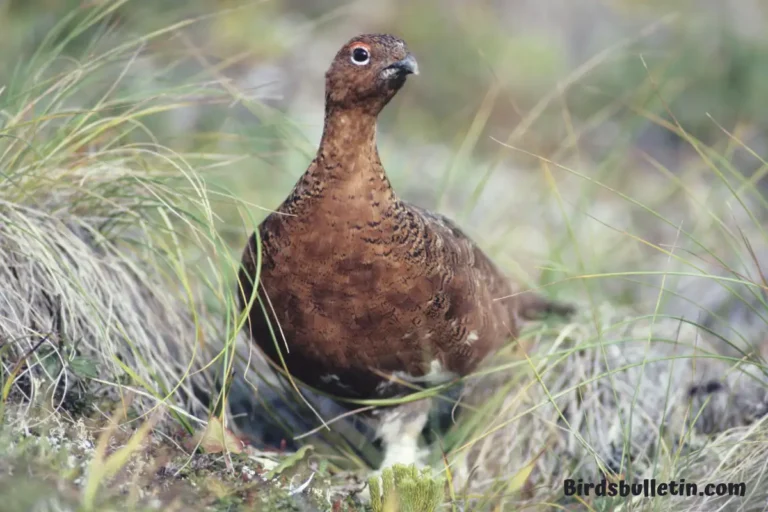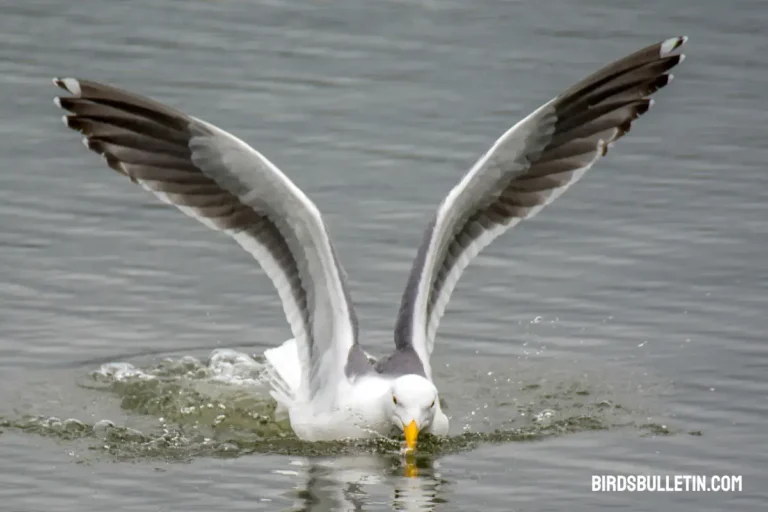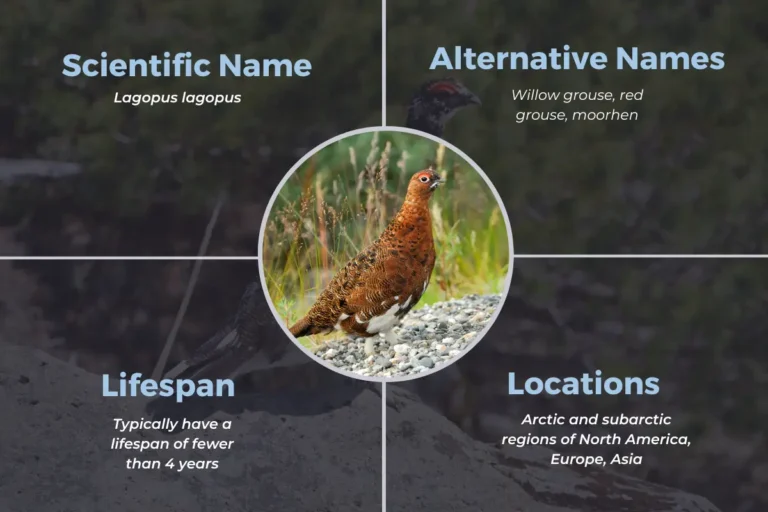What Do Chickadees Bird Eat?
The chickadee is a small songbird found throughout forests, woodlands, and backyards of North America. Weighing just 10-14 grams, chickadees have a fast metabolism and must constantly forage for food throughout the day to survive.
Chickadees are omnivorous and eat a wide variety of insects, seeds, berries, and other plant matter. Their small size and acrobatic abilities allow them to exploit numerous feeding locations and techniques to find food.
This article will explore the diet, foraging behaviors, and feeding habits of chickadees throughout the seasons.
Want to learn more about birds’ food and diet:
Favorite Foods
Chickadees have favorite foods they preferentially seek out when available. The table below outlines some of their preferred natural food sources.
| Food | Details |
|---|---|
| Seeds | Black oil sunflower seeds are a favorite at bird feeders. They also eat native seeds from plants like birches, maples, and pines. |
| Berries | In the winter chickadees switch to eating dried berries left on branches like bayberry, poison ivy, dogwood, and sumac. |
| Suet | High-energy suet provides fat and protein in winter. |
| Insects | Spring and summer diet is mainly insects like caterpillars, spiders, beetles, and aphids. |
| Larvae | Eggs and larvae of moths, butterflies, and spiders are sought out. |
| Tree sap | Sap wells provide sugars along with trapped insects. |
How Chickadees Gather Food?
Chickadees have several techniques to find the small morsels of food they need. They often hang upside down or hover at the edges of branches using their feet to hold on as they pick through crevices in bark for hidden insects.
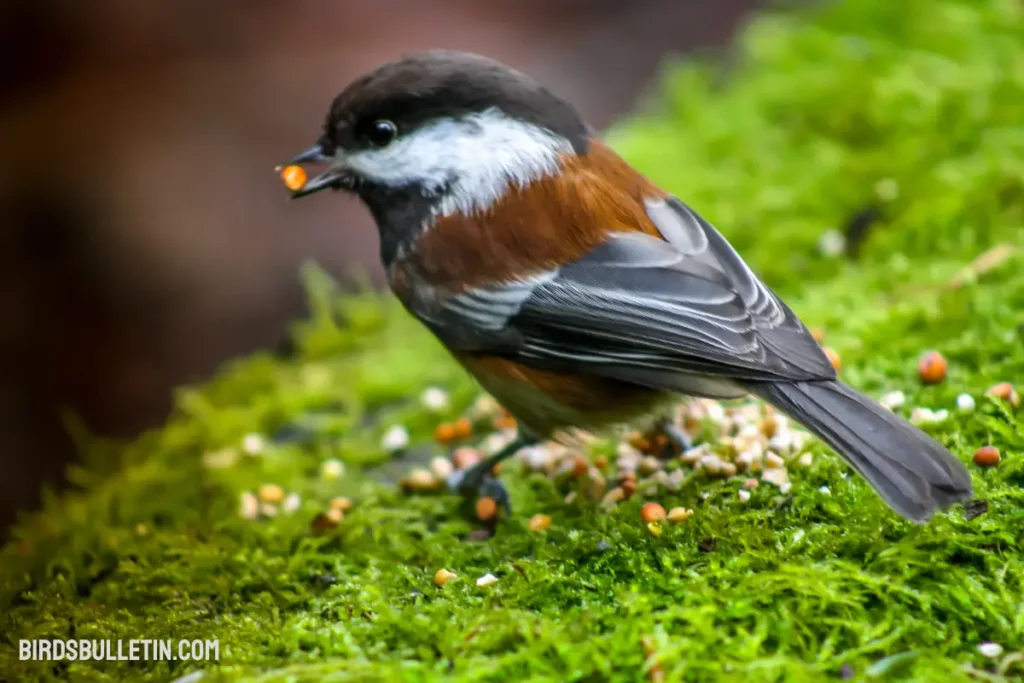
Chickadees hammer seeds out of cones and probe into galls or dead wood to extract insect larvae. They frequently join mixed flocks in winter, benefiting from increased eyes to locate food sources.
Chickadees are known to store or cache excess seeds and berries throughout their territory, then return to these locations when food is scarce.
They have excellent spatial memory to recover thousands of caches over the winter.
Winter Diet
In winter, chickadees switch to eating seeds, berries, and suet since their main source of insects becomes unavailable. They forage in flocks seeking out remaining berries and seeds on plants and shrubs throughout the forest. Chickadees excavate small pits into dead wood to reach insect eggs and larvae.
At bird feeders, black oil sunflowers are a favorite winter seed. Suet provides much-needed fat and protein during the cold months. Chickadees cache extra food for when food is scarce and use their memory to find it.
Chickadee Chicks’ Diet
Adult chickadees feed their young regurgitated insects and larvae for the first week after hatching. As chicks grow from 1 to 2 weeks old, parents start bringing whole, tiny insects and small caterpillars back to the nest. Once 3 weeks old, chicks are fed larger insects, portions of moths, egg clusters, and spiders.
Seeds and plant material are added as chicks near fledging age around 2-3 weeks. Fledglings follow parents who show them how to forage on their own. Eventually, the young chickadees develop foraging patterns and diets similar to adults.
Frequently Asked Questions
01. Do chickadees visit bird feeders?
Yes, chickadees readily visit platform feeders, tube feeders, suet feeders, and fruit feeders. Black oil sunflower seeds are their favorite commercial seed.
02. How often do chickadees feed their young?
Chickadee parents make frequent trips to the nest, 6 to 14 times per hour, to bring food to the developing chicks.
03. What do chickadees drink?
Chickadees get most of their water from the foods they eat. They will drink rainwater caught in leaves or branches and visit drippers or bird baths occasionally.
04. How do chickadees find food in winter?
Chickadees memorize the locations of thousands of food caches they create each fall. They recall these sites all winter to find hidden food stores. Flocks also forage for any seeds or berries remaining on dormant plants.
Conclusion
From regurgitated insects when young to expertly hidden seed caches in adulthood, chickadees have adapted specialized foraging and food-storing behaviors to survive.
Their diverse diet of seasonally available seeds, berries, and insects provides protein and energy. Chickadees brighten our feeders and forests throughout the year with their perky attitudes and cheerful songs.
References
- Odum, E. P. (1942). Annual cycle of the Black-capped Chickadee: 3. The Auk, 59(4), 499-531.
- McClelland, B. R., McClelland, P. T., & Keller, C. (1996). Nestling diet of spring and fall chickadees in willow thickets. The Wilson Bulletin, 127-131.
- Foote, J. R., Mennill, D. J., Ratcliffe, L. M., & Smith, S. M. (2010). Black-capped Chickadee (Poecile atricapillus). In Birds of North America Online (A. Poole, Ed.). Ithaca: Cornell Lab of Ornithology.


